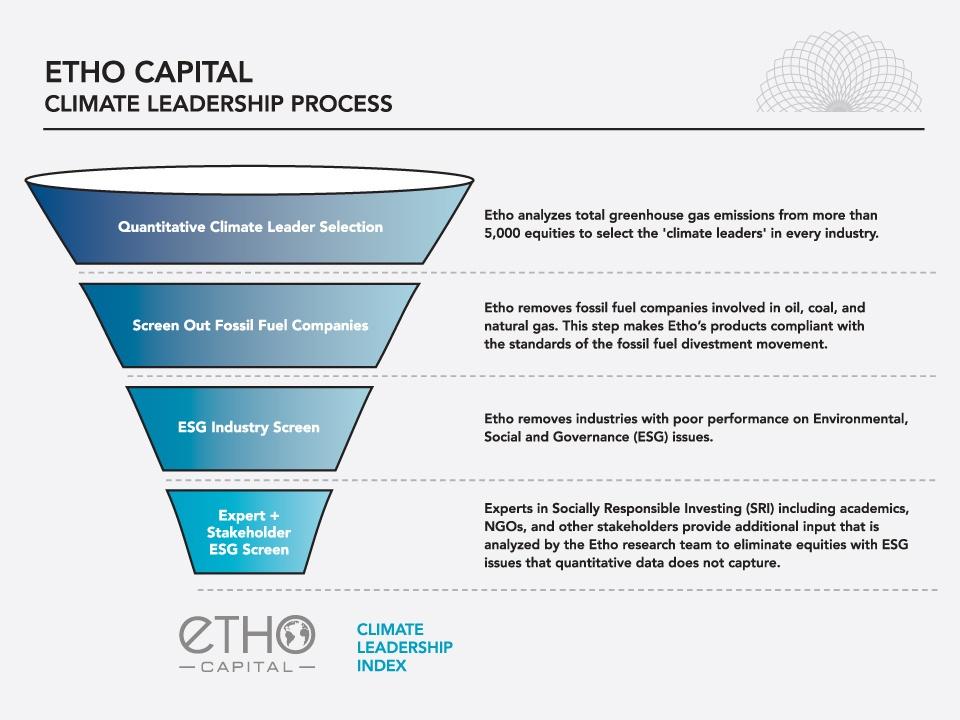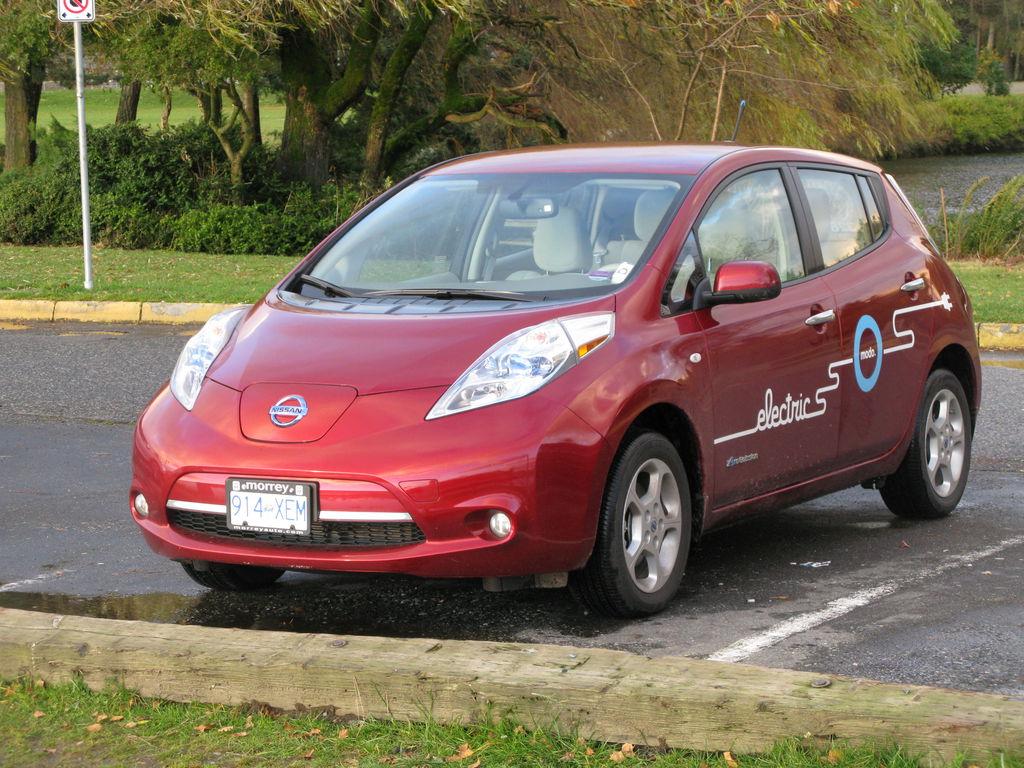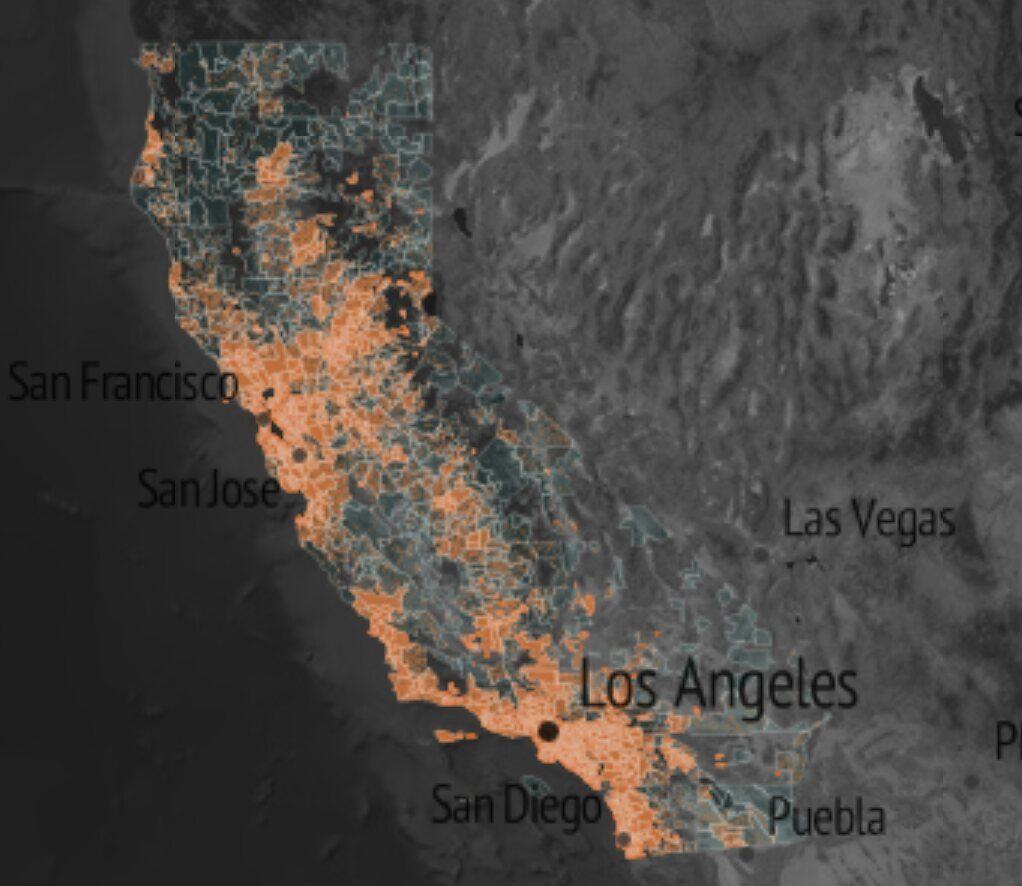Is Zero Waste Attainable in Commercial Properties?


By Ana Wyssmann, Solid Waste Program Manager, JLL
Imagine a building that, like a forest, leaves no material unused and extracts the deepest value from all its parts. That same building can also wow tenants, investors and the public alike with its sustainability and business savvy.
Now, let's check that zero waste vision against reality: Is it possible for an office building, mixed-use facility or worksite to avoid sending any waste to incineration or into a landfill? And is it worth the cost to find out?
Some future-focused global companies have begun to think so.
Walmart, for example, is "targeting zero waste," and is diverting more than 80 percent of its U.S. retail and distribution material flow. GM's blueprint for going "landfill-free" includes recycling 84 percent of its worldwide manufacturing waste and operating 111 fully landfill-free facilities. Dell has come within a hair of zero, achieving 95 percent recycle/reuse in its manufacturing operations in its 2015 fiscal year.
Such progress indicates that zero-waste status is attainable and cost-effective—when pursued with a forward-looking approach to selecting and using materials and then determining what happens to them when their useful life is over.
Waste material or wasted opportunity?
It's logical to expect that reducing, reusing and recycling material could fuel efficiency across a facility’s entire life cycle, from design and construction through office management and operations.
Yet, the benefits extend much further. When you spend less on new, single-use materials in addition to generating revenue from recycling what cannot be reused, you are actually converting 'trash to cash,' as discussed at a recent Greenbuild International Conference panel.
Indeed, recycling and resale can influence the bottom line for a building. Much like stocks, recyclable materials are commodities in an exchange market where values are constantly in flux. When 'trading’ goes smoothly, zero waste campaigns produce returns that more than offset the expenses of recycling infrastructure improvements.
The recycling commodities market is growing, particularly as technology advances. According to Waste Business Journal's most recent Waste Market Overview & Outlook, the $55 billion U.S. waste industry grew to 621.5 million tons in 2011, up from 610.2 million tons in 2010. Of the 429 million tons generated by municipalities, 141 million tons (33 percent) were recycled.
To enter the evolving market—and therefore earn the potential rewards—businesses must start by building a strong platform for zero-waste ambitions.
Five ways to pursue zero-waste
Zero-waste planning means more than just recycling bins and pick-up schedules. Following are five essentials for developing a strategy:
- Define the current status and future goals of waste management in your facility. What could zero waste look like for your property? How effective is your current materials management? A waste stream audit will help reveal opportunities within the relevant categories from metal and concrete to food and office paper. Who is contributing to each waste category? What resources will they need to update protocol? These answers will inform goals and next steps.
- Learn the ropes of the waste commodity market. What unique materials come out of your building that may be of special interest to recyclers? Connecting high-value, high-volume material to buyers begins with understanding the recycling market. Is there a market for your building’s waste products? For example, Waste Business Journal data shows that, in 2011, rising prices for recycled paper, plastic and steel motivated companies and municipalities to divert a higher volume of these materials from the landfill.
- Prepare the business case. A waste audit and current market trends will support the business case for recycling and reuse—as will the long view. Up-front investment is generally needed to recover, store and possibly ship desirable materials. Corporate decision-makers will be more inspired to foot that bill when long-term value is clear. For instance, GM initially spent $10 for every ton of waste it diverted from landfills. But, over time, it reduced program costs by 92 percent, and now estimates its annual byproduct recycling and reuse revenue at about $1 billion a year.
- Engage stakeholders across the enterprise. Top-down goal-setting and modeling are essential, as are incentives and education for owners, tenants and service providers. To maximize program performance, users must not only know how to use new tools and resources, but also know why they're in place.
- Monitor progress: Zero-waste programs take time. Well-defined metrics, with methodology for tracking things like construction diversion and recycling rates, will enable decision-makers to view trends and benchmark progress for long-term success.
Waste management can be far more strategic than simply checking a box on a bill or contract. When commercial property leaders leverage commodity market tools for visionary zero-waste campaigns, they unlock hidden value in otherwise wasted material.
Go ahead: Make your trash a commodity and convert that trash to cash.


















